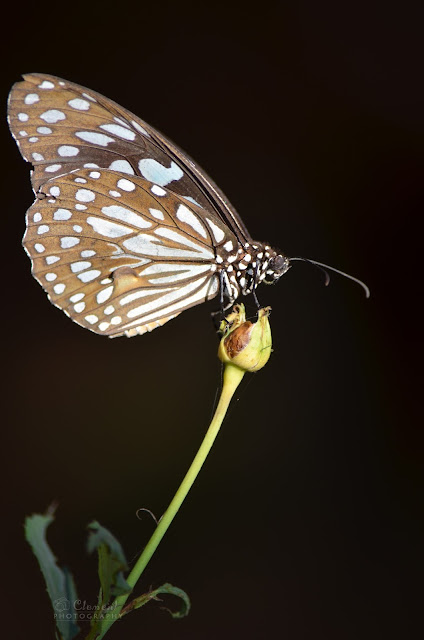30 December 2013
29 December 2013
24 December 2013
22 December 2013
15 December 2013
14 December 2013
11 December 2013
01 December 2013
30 November 2013
20 September 2013
27 May 2013
24 May 2013
04 May 2013
10 March 2013
Badami Caves
Badami, Karnataka, India
The rock-cut Badami Cave Temples were sculpted mostly between the 6th and 8th centuries.
The four cave temples represent the secular nature of the rulers then, with tolerance and a religious following that inclines towards Hinduism, Buddhism and Jainism.Cave 1 is devoted to Shiva, and Caves 2 and 3 are dedicated to Vishnu, whereas Cave 4 displays reliefs of Jain Tirthankaras. Deep caverns with carved images of the various incarnations of Hindu gods are strewn across the area, under boulders and in the red sandstone.
From an architectural and archaeological perspective, they provide critical evidence of the early styles and stages of the southern Indian architecture.
Pattadakal
Sangameshvara Temple
Kashivishvanatha temple
Built by the Rashtrakuta dynasty was the last to be built in early Chalukya style at Pattadakal, Karnataka, India
Pattadakal, Karnataka, India
Pattadakal is a World Heritage site, a village and an important tourist center in the state of Karnataka, India. Located on the left bank of the Malaprabha River in Bagalkot district and is 514 km from Bangalore.
Pattadakal, site where Badami Chalukya kings were coronated, was the capital of the Chalukya dynasty of Karnataka in Southern India between the 6th and 8th centuries.
The Chalukyas built many temples here between the 7th and 8th century. There are ten temples at Pattadakal.
The group of 8th century monuments in Pattadakal are the culmination of the earliest experiments in the vesara style both Dravidian (Southern) and the Nagara (Northern) styles of temple architecture.
09 March 2013
Ibrahim Rauza (Roza)
Ibrahim Rauza is located in Bijapur, Karnataka, India.
The Ibrahim Rauza, one of the popular heritage monuments in Bijapur was constructed by Ibrahim Adil Shah II and he was buried in Ibrahim Rauza after his death in 1627.
It was constructed in the first half of the 17th century, according to the historical records.
This huge structure of Bijapur dynasty contains the tombs of Ibrahim Adil Shah II, the fifth king of the dynasty and his wife Taj Sultana.
There is a common believe that the structure was an inspiration for Shajahan to construct the world famous Taj Mahal in Agra, India.
It was constructed in the first half of the 17th century, according to the historical records.
This huge structure of Bijapur dynasty contains the tombs of Ibrahim Adil Shah II, the fifth king of the dynasty and his wife Taj Sultana.
There is a common believe that the structure was an inspiration for Shajahan to construct the world famous Taj Mahal in Agra, India.
Subscribe to:
Comments (Atom)



















































